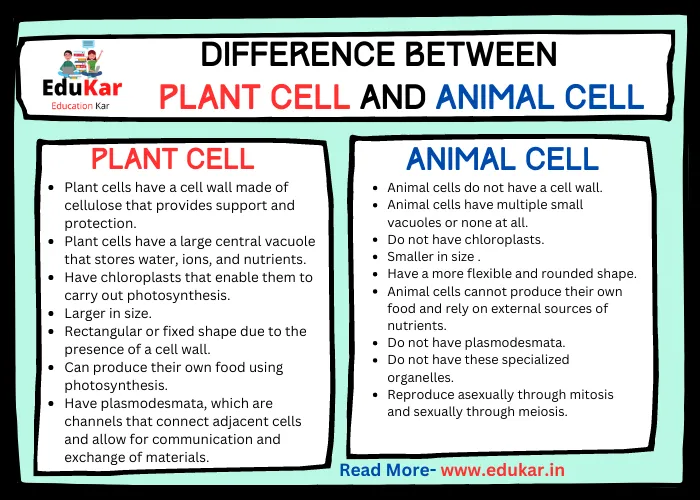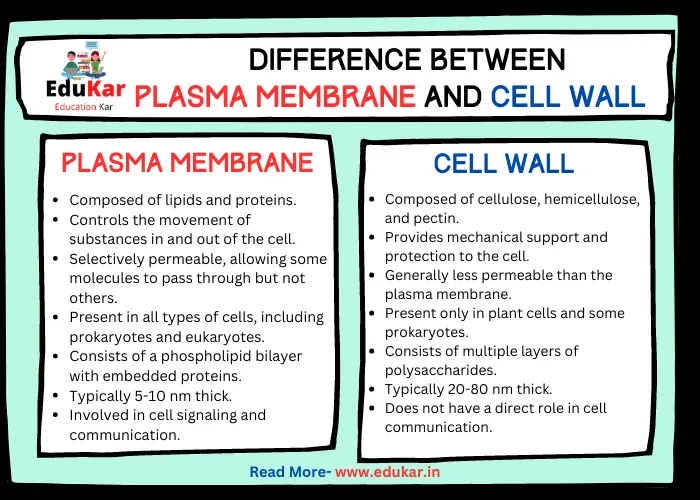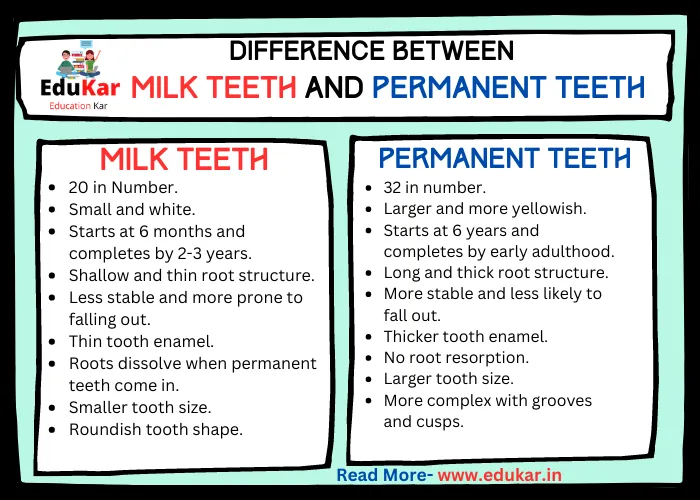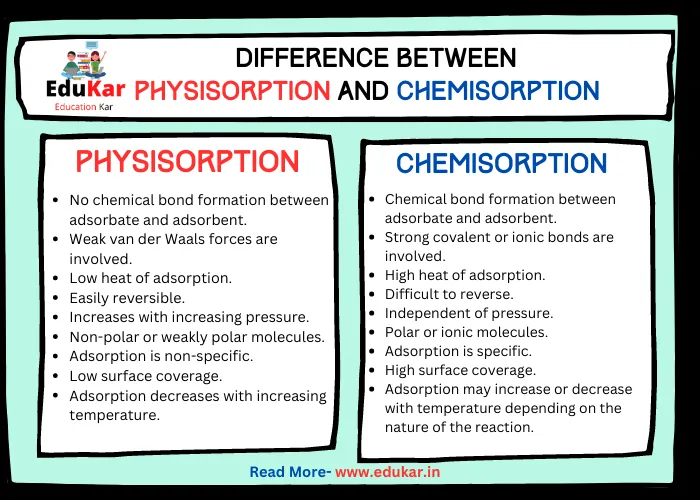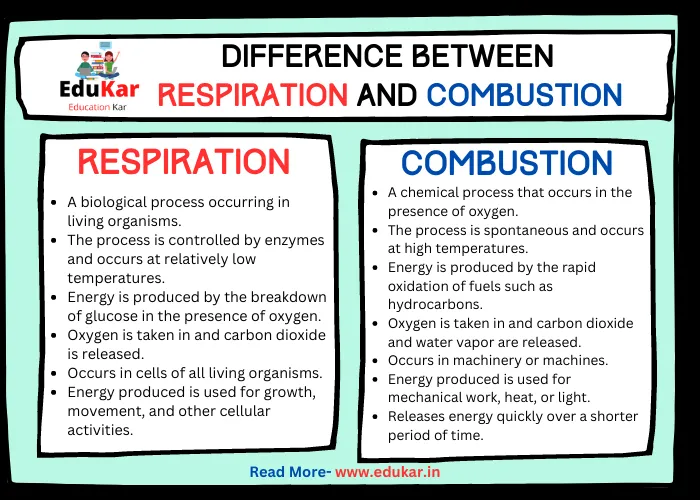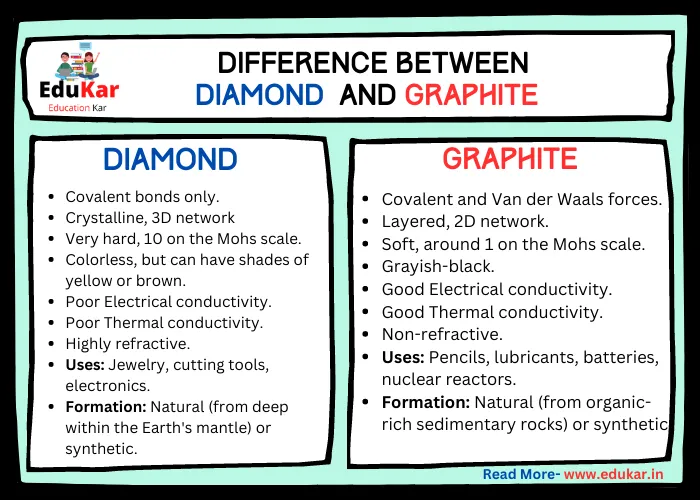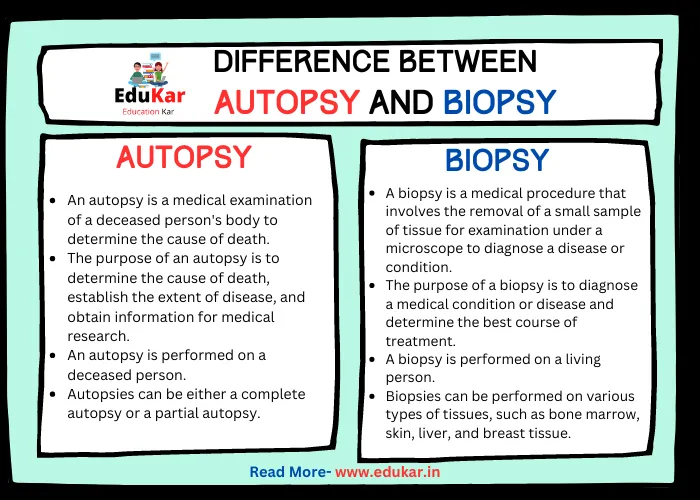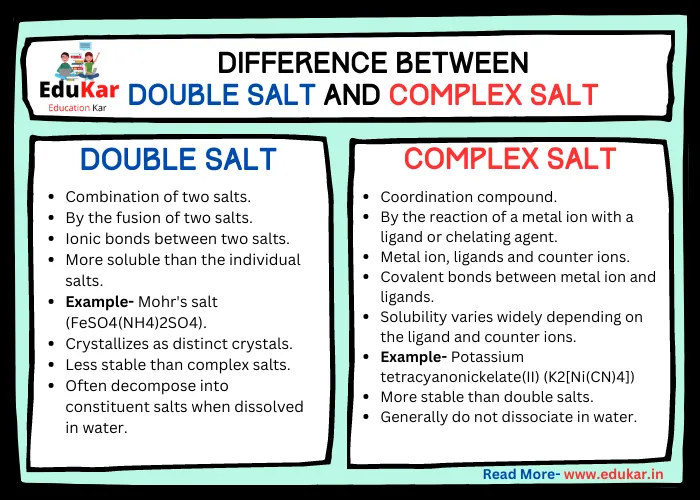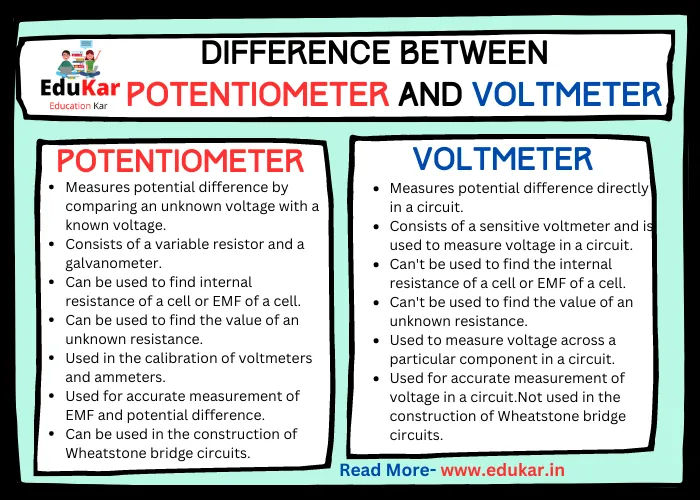Contents
- 1 Introduction
- 2 Meristematic Tissue
- 3 Permanent Tissue
- 4 Differences between Meristematic and Permanent Tissue
- 5 Examples of meristematic tissue:
- 6 Examples of permanent tissue :
- 7 Conclusion
- 8 Important FAQs related to Meristematic Tissue and Permanent Tissue for Exams:
- 8.1 What is Meristematic Tissue?
- 8.2 What is Permanent Tissue?
- 8.3 What is the main difference between Meristematic Tissue and Permanent Tissue?
- 8.4 What are the types of Meristematic Tissue?
- 8.5 What is Apical Meristem?
- 8.6 What is Lateral Meristem?
- 8.7 What are the types of Permanent Tissue?
- 8.8 What is Simple Permanent Tissue?
- 8.9 What is Complex Permanent Tissue?
- 8.10 What is Secretory Tissue?
- 8.11 Where is Meristematic Tissue found in a plant?
- 8.12 Where is Permanent Tissue found in a plant?
- 8.13 Can Meristematic Tissue become Permanent Tissue?
- 8.14 Why is MeriMeristematic tissue is important?
- 8.15 Why is Permanent Tissue important?
Learn about the key differences between meristematic tissue and permanent tissue in plants. It explains the structures, functions, and roles of each tissue type and provides examples for better understanding.

Introduction
Plants are made up of different types of tissues that work together to perform various functions such as support, transport, and storage. The two main types of plant tissues are meristematic tissue and permanent tissue. While both tissues are important for plant growth and development, they differ in their origin, structure, and function. In this article, we will discuss the differences between meristematic tissue and permanent tissue in plants.
Meristematic Tissue
Meristematic tissue is the type of tissue that is involved in the growth and development of plants. It is located at the tips of roots and shoots, and in the cambium layer of woody plants. Meristematic tissue is made up of undifferentiated cells that have the ability to divide and differentiate into specialized cells. There are three types of meristematic tissue:
- Apical meristem: This type of meristem is located at the tips of roots and shoots and is responsible for the primary growth of plants.
- Lateral meristem: This type of meristem is responsible for the secondary growth of plants and is located in the cambium layer of woody plants.
- Intercalary meristem: This type of meristem is found in the internodes of grasses and is responsible for the growth and development of the plant.
Meristematic tissue is characterized by its small cell size, high mitotic activity, and undifferentiated state. The primary function of meristematic tissue is to produce new cells for growth and development.
Permanent Tissue
Permanent tissue is derived from meristematic tissue and is responsible for performing specific functions in the plant. Permanent tissue is made up of mature, differentiated cells that have a specific shape, size, and function. There are two types of permanent tissue:
- Simple tissue: This type of tissue is made up of only one type of cell and performs a single function. Examples of simple tissue include parenchyma, collenchyma, and sclerenchyma.
- Complex tissue: This type of tissue is made up of two or more types of cells and performs multiple functions. Examples of complex tissue include xylem and phloem.
Permanent tissue is characterized by its large cell size, low mitotic activity, and specialized function. The primary function of permanent tissue is to perform specific functions such as support, photosynthesis, storage, and transport.
Differences between Meristematic and Permanent Tissue
| S.No. | Meristematic Tissue | Permanent Tissue |
|---|---|---|
| 1 | Present in the growing regions of the plant such as root tips, shoot tips, and cambium. | Formed from the meristematic tissue and is present in mature parts of the plant such as leaves, stem, and roots. |
| 2 | Responsible for the growth of the plant in length and girth. | Has a specialized function that varies depending on the type of tissue. |
| 3 | Undifferentiated and immature. | Differentiated and mature. |
| 4 | Contains small, densely packed cells with thin cell walls. | Contains larger cells with thick cell walls. |
| 5 | Has a large nucleus and a small vacuole. | Has a small nucleus and a large vacuole. |
| 6 | Has a high rate of cell division. | Has a low rate of cell division. |
| 7 | Responsible for the formation of all other tissues in the plant. | Does not form any new tissues, but it helps in the growth and repair of existing tissues. |
| 8 | Affected by external factors such as light, temperature, and humidity. | Less affected by external factors and more affected by internal factors such as hormones. |
| 9 | Not differentiated into different types of tissues. | Differentiated into various types of tissues such as epidermis, cortex, and vascular tissues. |
| 10 | Always dividing and producing new cells. | Not always dividing, and some permanent tissues do not divide at all. |
| 11 | Found in the tips of roots and shoots and in the cambium layer of stems. | Found in the mature parts of the plant, such as leaves, stems, and roots. |
| 12 | Has the potential to differentiate into any type of plant tissue. | Has already differentiated and cannot differentiate into other types of tissues. |
| 13 | Usually located at the apical meristem and lateral meristem. | Located in different regions of the plant, depending on the type of tissue. |
| 14 | Responsible for primary growth in plants. | Responsible for secondary growth in plants. |
| 15 | Usually found in young, developing tissues. | Found in both young and mature tissues. |
Examples of meristematic tissue:
- Apical meristem: This type of meristem is responsible for the primary growth of plants and is located at the tips of roots and shoots. It produces new cells that differentiate into the various tissues of the plant.
- Lateral meristem: This type of meristem is responsible for the secondary growth of woody plants and is located in the cambium layer. It produces new cells that differentiate into xylem and phloem tissue.
- Intercalary meristem: This type of meristem is found in the internodes of grasses and is responsible for the growth and development of the plant.
Examples of permanent tissue :
- Parenchyma: This is a simple tissue that is responsible for photosynthesis, storage, and secretion in plants. It is found in leaves, stems, and roots.
- Collenchyma: This is a simple tissue that provides support and flexibility to the plant. It is found in the stems and leaves of young plants.
- Sclerenchyma: This is a simple tissue that provides support and protection to the plant. It is found in the stems and roots of woody plants.
- Xylem: This is a complex tissue that is responsible for water and mineral transport in plants. It is found in the stems and roots of plants.
- Phloem: This is a complex tissue that is responsible for the transport of sugars and other organic compounds in plants. It is found in the stems and roots of plants.
Conclusion
Meristematic tissue and permanent tissue are two distinct types of plant tissue with different structures, functions, and roles in plant growth and development. Meristematic tissue is involved in cell division and is responsible for the growth and development of the plant, while permanent tissue performs specific functions such as support, photosynthesis, storage, and transport. By understanding the differences between these two types of tissue, we can gain a better understanding of how plants grow and develop.
What is Meristematic Tissue?
Meristematic tissue is a type of plant tissue that consists of actively dividing cells. These cells are responsible for the growth of the plant and the development of new organs such as leaves, stems, and roots.
What is Permanent Tissue?
Permanent tissue is a type of plant tissue that is formed from meristematic tissue. Unlike meristematic tissue, permanent tissue consists of cells that have stopped dividing and have taken on specialized functions.
What is the main difference between Meristematic Tissue and Permanent Tissue?
The main difference between meristematic tissue and permanent tissue is that meristematic tissue consists of actively dividing cells, while permanent tissue consists of cells that have stopped dividing and have taken on specialized functions.
What are the types of Meristematic Tissue?
There are two types of meristematic tissue: apical meristem and lateral meristem.
What is Apical Meristem?
Apical meristem is a type of meristematic tissue that is found at the tips of stems and roots. It is responsible for the growth in length of the plant.
What is Lateral Meristem?
Lateral meristem is a type of meristematic tissue that is found in the cambium layer of the stem and roots. It is responsible for the growth in girth or width of the plant.
What are the types of Permanent Tissue?
There are three types of permanent tissue: simple permanent tissue, complex permanent tissue, and secretory tissue.
What is Simple Permanent Tissue?
Simple permanent tissue is a type of permanent tissue that consists of only one type of cell. It includes parenchyma, collenchyma, and sclerenchyma tissue.
What is Complex Permanent Tissue?
Complex permanent tissue is a type of permanent tissue that consists of more than one type of cell. It includes xylem and phloem tissue.
What is Secretory Tissue?
Secretory tissue is a type of permanent tissue that is responsible for the production and secretion of various substances such as nectar, resin, and latex.
Where is Meristematic Tissue found in a plant?
Meristematic tissue is found at the tips of stems and roots, as well as in the cambium layer of the stem and roots.
Where is Permanent Tissue found in a plant?
Permanent tissue is found throughout the plant, including in the leaves, stems, and roots.
Can Meristematic Tissue become Permanent Tissue?
Yes, meristematic tissue can become permanent tissue as the cells stop dividing and take on specialized functions.
Why is MeriMeristematic tissue is important?
Meristematic tissue is important because it is responsible for the growth and development of the plant.
Why is Permanent Tissue important?
Permanent tissue is important because it performs specific functions that are necessary for the survival and growth of the plant.

